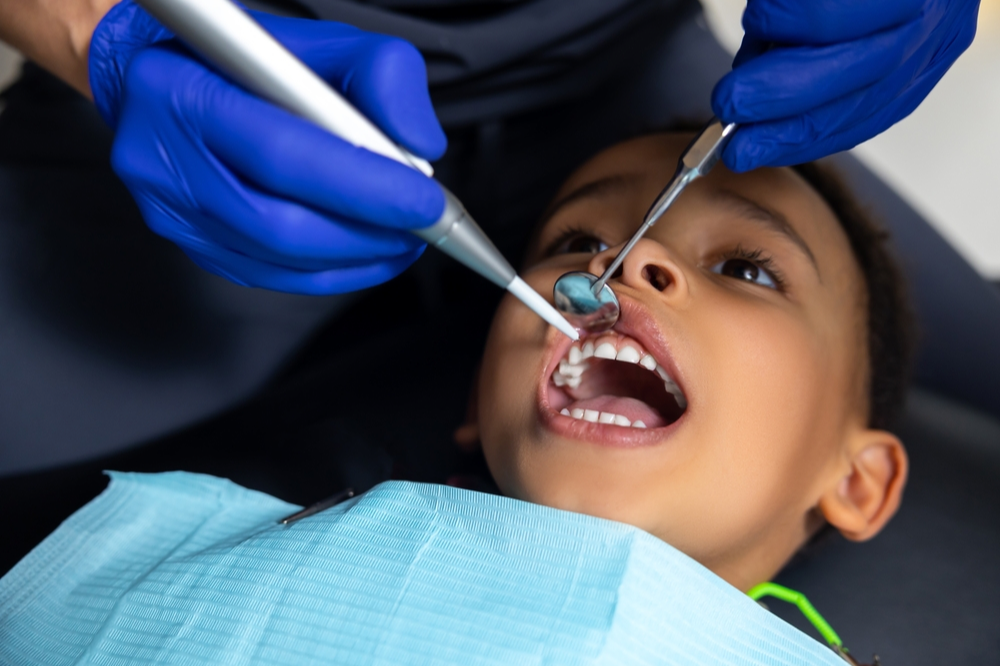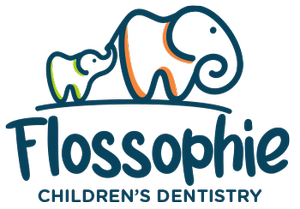
Welcome to Flossophie Children’s Dentistry, where little smiles shine bright! As parents, ensuring the well-being of our children’s oral health is a top priority. When it comes to dental care, sometimes children may require restorative procedures to maintain those pearly whites. In this blog post, we’ll explore everything you need to know about pediatric dental restorations and how our restorative dentistry in Duluth makes the experience gentle, caring, and effective.
Understanding Pediatric Dental Restorations
Pediatric dental restorations encompass a range of treatments designed to repair and preserve the health of a child’s teeth. Common procedures include dental fillings, crowns, and sealants, each serving a unique purpose in maintaining optimal oral health for our young patients.
Common Types of Pediatric Dental Restorations
Dental Fillings
Dental cavities are a common issue among children. Dental fillings, usually composed of composite resin, are used to restore the structure of a tooth affected by decay. They are tooth-colored, making them aesthetically pleasing for pediatric patients.
Stainless Steel Crowns
When a tooth is extensively decayed or damaged, a stainless steel crown may be recommended. These durable crowns are prefabricated and are often used for back teeth, providing strength and protection while ensuring proper functionality.
Pulp Therapy
Pulp therapy, often referred to as a “baby root canal,” is performed when the pulp (the innermost part of the tooth) is affected by infection or inflammation. This procedure helps preserve the tooth and prevent the spread of infection.
Space Maintainers
In cases where a primary tooth is lost prematurely, space maintainers may be used to prevent adjacent teeth from shifting into the space. This helps ensure proper alignment for incoming permanent teeth.
When to Consider Pediatric Dental Restorations
- Visible cavities or discoloration on teeth.
- Persistent toothaches or sensitivity.
- Trauma or injury to the teeth.
- Development of abscesses or infections.
The Pediatric Dental Restoration Process
Diagnosis: Through a comprehensive examination from pediatric dentist near you and possibly X-rays, the dentist assesses the extent of the dental issue.
Treatment planning: Based on the diagnosis, a treatment plan is developed, outlining the type of restoration required.
Procedure: Dental restorations are performed using child-friendly techniques, often involving sedation or anesthesia for the child’s comfort.
Post-treatment care: Parents are provided with guidelines on post-treatment care and oral hygiene practices to ensure the success of the restoration.
Importance of Early Intervention
Preventing Further Damage
Timely dental restorations prevent the progression of dental issues, such as cavities or infections, which could lead to more severe complications if left untreated.
Preserving Primary Teeth
Although primary teeth eventually fall out, they play a crucial role in proper speech development, nutrition, and guiding the eruption of permanent teeth. Dental restorations help preserve primary teeth until they naturally shed.
Establishing Good Oral Hygiene Habits
Introducing dental care early in a child’s life promotes good oral hygiene habits. Regular dental visits at restorative dentistry near you and early interventions develop a positive attitude towards dental care, reducing the fear or anxiety associated with dental procedures.
Choosing the Right Pediatric Dentist
- Look for a dentist experienced in pediatric dentistry.
- Consider the dental office environment to ensure it is child-friendly.
- Consider seeking advice from parents or healthcare professionals for recommendations.
How to Support Children’s Dental Health
Establish Good Oral Hygiene Habits
Teach children the importance of brushing and flossing regularly. Supervise their oral care routines to ensure proper technique.
Regular Dental Check-ups
Schedule regular dental check-ups with our pediatric dentist in Duluth to detect and address any potential issues early on. Early intervention can often prevent the need for extensive dental restorations.
Balanced Diet
Promote a well-rounded diet that includes ample fruits, vegetables, and dairy products. Restrict the consumption of sugary snacks and beverages, as they can contribute to the development of tooth decay.
Use of Protective Gear
If your child is involved in sports, consider the use of mouthguards to protect their teeth from injuries during physical activities.
Elevate Your Child’s Dental Health with Flossophie Children’s Dentistry
Choosing Flossophie Children’s Dentistry for your child’s dental restorations means choosing a compassionate and advanced approach to pediatric dentistry. From dental fillings to crowns and sealants, we prioritize the unique needs of our young patients, ensuring their smiles remain bright and healthy.
We hope this comprehensive guide has equipped you with the knowledge you need to navigate pediatric dental restorations confidently. Call or email us for appointments or if you have any questions or concerns, our dedicated team is here to support you.
